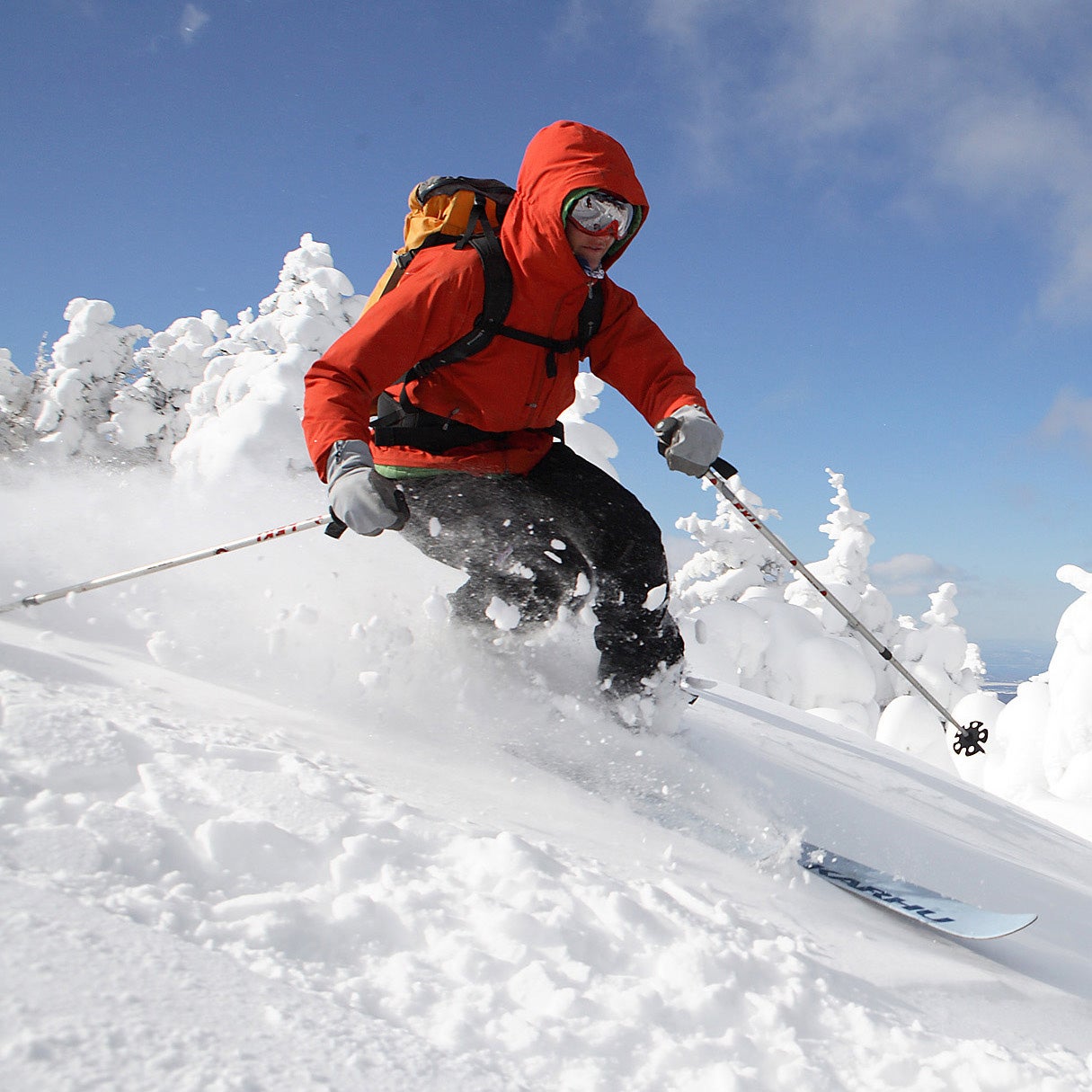Like just about everything else in life, the way we travel has had to adapt to our current reality. Does that mean your adventure plans are canceled this winter? If you’re headed to Vermont, the answer is a resounding no. If you’re cool with protecting yourself and Vermonters, then the winter adventuring will go on. Here’s how to get your Vermont fix this winter.
The Ground Rules
Anybody can visit Vermont this winter; you just have to follow some commonsense rules like masking up when in public and, of course, practicing social distancing. Additionally, if you’re traveling to the state by car, you’ll need to quarantine for 14 days either at home or once you arrive in Vermont. If you’re flying in, your quarantine must happen after you arrive. In either case, your two-week quarantine can be shortened if after seven days you’re not experiencing any COVID symptoms and you get a negative result from a PCR test.
“Vermont is open,” says Nate Formalarie, communications director for the state’s department of tourism. “The restaurants, breweries, ski areas, retail shops, and downtowns are open. All we’re asking is that you protect yourself and Vermont’s service workers. It’s a shared responsibility.”
Riding Lifts
Vermont’s ski industry has a plan to keep lifts spinning all season long. It boils down to this: think ahead. In practice, that looks like reserving lift tickets in advance and being more self-sufficient than you have in the past (lodges will run at only 50 percent capacity, or a maximum of 75 people). Grab-and-go food will be available, but your car is now your base lodge: there will be no Foxborough-style tailgating, but firing up the dual-burner stove for the family is just fine. Smart skiers will travel in tight groups so they can ride chairlifts together and avoid getting divided by the lifts’ own 50 percent capacity policy.
“What we want is to have a full season,” says Ski Vermont’s Adam White. “We’re already seeing a lot of creative solutions with food trucks, to-go windows, and open-air tent spaces with freestanding heat lamps. You’ll see a lot of that Yankee ingenuity at play.”
Human-Powered Gliding
The nationwide explosion in trail use last summer proved that you can have booming participation in well-spaced outdoor sports without a corresponding spike in positivity rates. And winter activities like snowshoeing and backcountry and nordic skiing are no exception. Sam von Trapp, of Vermont’s famed Trapp Family Lodge, is predicting that, because of the activity’s low barrier to entry, light touring on fishscale-style backcountry skis will introduce tons of new skiers to the simple joys of Vermont bushwhacking this winter.
On the Trapp property, you can pilot such skis to a warming cabin for soup or ski directly to the brewery for a sit-down meal in a spacious lodge with rapid air turnover. “We’ll be offering instruction and clinics for new light-tourers this winter, teaching folks how to get over a stone wall or navigate a creek crossing,” says Trapp. The Trapp property was the first full-service nordic center in North America, and the grooming for both classic and skate skiing tracks is worth the trip. For still more classic and skate cross-country, check out the Rikert Nordic Center in Ripton (just outside Middlebury). “It’s a personal favorite of mine,” says former Cross Country Skier editor Danny Kuzio. “You can’t beat their grooming, operations, or terrain.”
Want more descending? The Rochester/Randolph Area Sports Trail Alliance (RASTA) has the beta on some of Vermont’s best alpine touring, in the glades of Braintree Forest and Brandon Gap. Spend some time with the maps and descriptions on the RASTA site before you commit; East Coast backcountry gets rugged too. You can rent alpine touring and splitboard gear at the Outdoor Gear Exchange in Burlington.
Fat Biking
The Vermont Mountain Bike Association (VMBA) is a shining example of what a network of clubs can do to build world-class trail systems. But the two-wheeled fun doesn’t stop in the winter: many VMBA chapters now groom snowy trails specifically for fat biking. Top destinations include Kingdom Trails, boasting over 25 miles of groomed winter singletrack near East Burke, and be sure to check in with the Catamount Outdoor Family Center in Williston to see what fat-bike conditions are like there. “We don’t foresee any major shifts in winter riding compared to what we saw this past summer,” says Tom Stuessy, VMBA’s executive director. “There’s a strong fat-biking scene in Vermont, and that crowd understands that open trails require safe distancing.”
Where to Stay
What’s true of the nation is true of Vermont. The goal is to avoid COVID by avoiding crowds. Vermont’s extensive bed-and-breakfast network lends itself to that. Let this be the year you seek out remote B&Bs in quaint Vermont towns.
A Place All Its Own. Explore all Vermont has to offer, from outdoor recreation to artisanal food and drink this winter. In these uncertain times, Vermont Tourism encourages you to review the safe-travel guidance when planning your next trip and sign up to receive the latest news each month.

